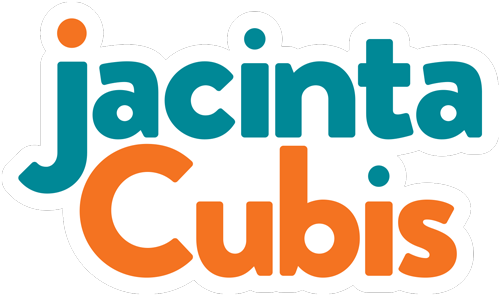What does gold mean to you?
One of the delights of our new neighbourhood is the local street market. If I squint, I can pretend I’m back in Paris every Saturday morning.
At the market, cash is king.
Busy stall holders point you to the ATM machine in front of the chemist.
If we want fresh, high-quality apples for the fruit bowl and carrots for the crisper, we need cash.
And it doesn’t stop there.
Small denominations and coins carry more weight than a fifty-dollar note.
Five and ten-dollar notes save each stall holder time. They can give us our change quickly.
Exact change is gold. A stall holder takes our money with one hand and serves the next customer with the other. It’s a simple demonstration of time in motion as cobs of corn and coins change hands simultaneously.
It’s not often that a fistful of coins trumps a fifty dollar note, a credit card or pay-by-phone app.
Now.... what does this have to do with groups?
For me, it’s a weekly reminder away that what we value, varies.
That’s why one of the questions I explore with my clients is ‘what is gold to you?’ Is it:
🔶 Information to make a decision?
🔶 Suggestions to develop a policy?
🔶 Ideas to shape a strategy?
🔶 A space for people to vent? Yes, that can be valuable.
The ‘gold’ my clients are seeking differs, depending on their purpose.
And it’s the same for participants.
That’s why it’s useful to ask a group, at the start of a session:
🤔 What brought you here today?
🤔 What do you hope to leave with?
🤔 What do you expect from this meeting?
🤔 What do you hope you’ll learn at this workshop?
TIP: don’t ask the group. Ask them to ask each other a question like this, in pairs. Not only will it uncover differences in what matters to each participant, but it helps the group to connect and focus on the topic. Doing it this way also helps to avoid group think.
When the group comes back, I ask if they had the same or different responses to the question. Invariably, there are more ‘differents’ than ‘sames’.
Our gatherings can follow familiar patterns. Agendas can look the same. It’s not surprising, then, that we can be lulled into thinking that everyone is there for the same reason and are looking for the same ‘gold’. But everyone’s idea of ‘gold’ is not the same.
For the stall holders at my market, it’s exact change. For each and every participant in a group, the value they expect from a gathering is likely to vary.
It’s then the job of the facilitator to help a group see what the shared ‘gold’ from their different ‘nuggets’ might be. And what can be achieved together in the time available and with who is in the room.
How would you rate the ability of you and your team to facilitate this conversation? I’d love to hear, just comment below and let me know.
(Photo: Jacinta Cubis)
P.S. If you like this blog and want to support it, you can*:
1. Forward this blog to a friend with an invitation to subscribe right here: https://www.jacintacubis.com/sign-up-to-jacinta-wonders
2. Talk to me about speaking at your next event
3. Buy my e-book HUM.


